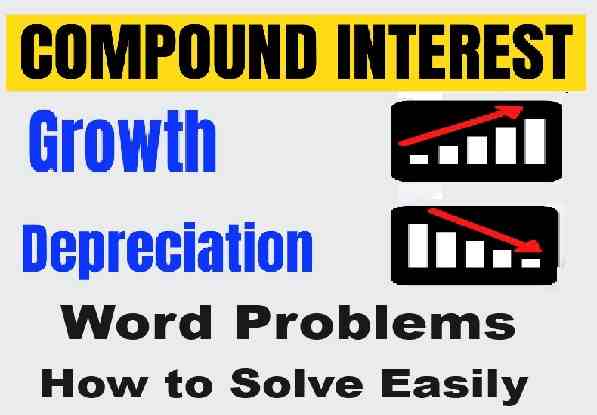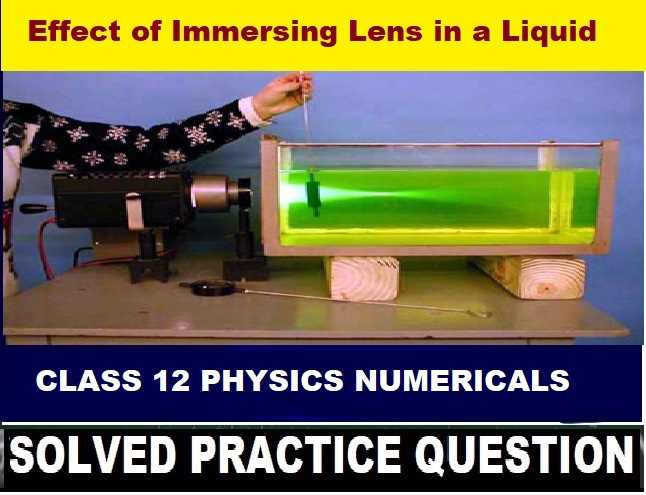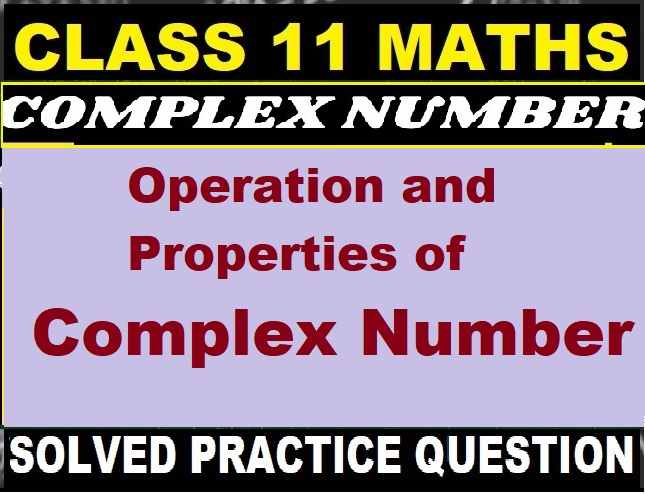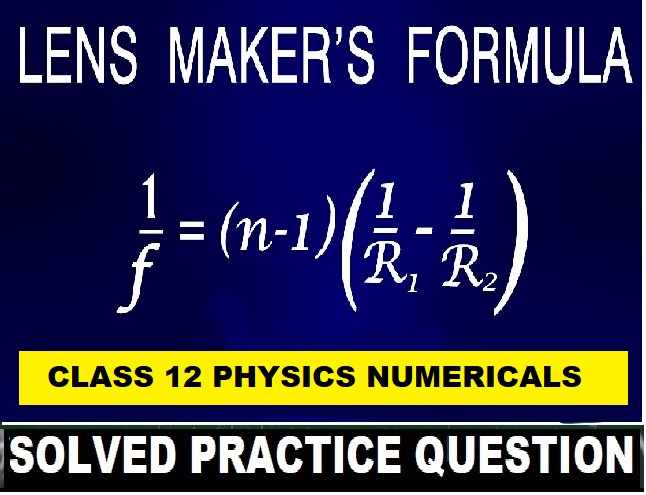Compound Interest Class 9 RS Aggarwal Exe-2C Goyal Brothers ICSE Foundation Maths Solutions. In this article you will learn how to solve growth and depreciation word problems easily. Visit official Website CISCE for detail information about ICSE Board Class-9 Mathematics.

Compound Interest Class 9 RS Aggarwal Exe-2C Goyal Brothers ICSE Maths Solutions
| Board | ICSE |
| Publications | Goyal brothers Prakashan |
| Subject | Maths |
| Class | 9th |
| Chapter-2 | Compound Interest |
| Writer | RS Aggrawal |
| Book Name | Foundation |
| Topics | Growth and Depreciation |
| Academic Session | 2024-2025 |
How to Solve Growth and Depreciation Word Problems Easily
Growth: If the numeric value increase of a original value P at rate r then after n years the final value A is as below
Value after n year = P ((1 + r/100) nth year
Growth only = Value after n year – original value
Depreciation : If the numeric value decrease of a original value P at rate r then after n years the final value A is as below
Value after n year = P ((1 – r/100) nth year
Depreciation only = original value – Value after n year
Exercise- 2C
Compound Interest Class 9 RS Aggarwal Exe-2C Goyal Brothers ICSE Foundation Maths Solutions
Page- 40,41
Que-1: A town has 15625 inhabitants. If the population of this increases at the rate of 4% per annum, find the number of inhabitants of the town at the end of 3 years.
Solution- Present population (P) = 15625
Rate of increase (r) = 4% p.a.
Period (n) = 3 years
We know that
Population after 3 years = 𝑃(1+𝑟/100)^𝑛
Substituting the values
= 15625(1+4/100)^3
By further calculation
= 15625 × 26/25 × 26/25 × 26/25
= 17576 Ans.
Que-2: The population of a town is increasing at the rate of 10% per annum. If its present population is 36300, find : (i) its population after 2 years, (ii) its population 2 years ago.
Solution- Present population = 36300
r = 10%
(i) n = after 2 years
= 36300×(1+10/100)^2
= 36300 × 11/10 × 11/10
= 36300 × 121/100
= 43923 Ans.
(ii) n = 2 year ago
= 36300/(1-10/100)^2
= 36300 × 10/11 × 10/11
= 36300 × 100/121
= 30000 Ans.
Que-3: The present population of a town is 176400. If the rate of growth in its population is 5% per annum, find : (i) its population 2 years hence, (ii) its population one year ago.
Solution-(i) Present population (P0) = 176,400
Annual growth rate (r) = 5%
Number of years (t) = 2
Using the formula:
𝑃(2) = 176,400(1+5/100)²
𝑃(2) = 176,400(1+0.05)²
𝑃(2) = 176,400(1.05)²
𝑃(2) = 176,400 × 1.1025
P(2) = Rs194481 Ans.
(ii) Present population (P0) = 176,400
Annual growth rate (r) = 5%
Number of years (t) = -1 (since we are going back one year)
Using the formula:
𝑃(−1) = 176,400(1+5/100)‾¹
𝑃(−1) = 176,400(1+0.05)‾¹
𝑃(−1) = 176,400(1.05)‾¹
𝑃(−1) = 176,400 × (1/1.05)
𝑃(−1) = 176,400 × 0.95238
P(-1) = 168000 Ans.
Que-4: Three years ago, the population of a city was 50000. If the annual increase during three successive years be 5%, 8% and 10% respectively, find the present population of the city.
Solution-Initial Population: 50,000
The population increases by 5% during the first year.
Population after 1 year = 50,000×(1+5/100)
= 50,000 × 1.05
= 52,500
The population increases by 8% during the second year.
Population after 2 years = 52,500×(1+8/100)
= 52,500 × 1.08
= 56,700
The population increases by 10% during the third year.
Population after 3 years = 56,700×(1+10/100)
= 56,700 × 1.10
= 62,370 Ans.
Que-5: A farmer has an increase of 12.5% in the output of wheat in his farm every year. This year, he produced 2916 quintals of wheat. What was his annual production of wheat 2 years ago ?
Solution- Let us Assume 2yrs ago as X, then next years as Y
And the current year as Z, which outcome is = 2916 Quintals
Y’th year outcome will be increased by 12.5% from X’th year
Then, Y = (12.5*X/100) + X
= 0.125*X + X
= 1.125 X ——> 1
Z’th Year outcome will be increase by 12.5% from Y’th year
Then, Z = (12.5*Y/100) + Y —–> 2
Now Substitute 1 in 2 we get
Z = ((12.5 * 1.125 * X) / 100) + 1.125 * X
2916 = (0.140625 * X) + 1.125 * X
2916 = 1.265625 X
X = 2304 Quintals Ans.
Que-6: The population of a town is 64000. If the annual birth rate is 11.7% and the annual death rate is 4.2%, calculate the population of the town after 3 years.
Solution- Present population = 64,000
Birth rate = 10.7% (increase), death rate = 3.2% (decrease)
R = total increase in population (%) = 10.7−3.2 = 7.5
Population after n years = p(1+R/100)^n
After 3 years = 64,0000(1+7.5/100)^3
∴ Population = 79507 Ans.
Que-7: A mango tree was planted 2 years ago. The rate of its growth is 20% per annum. If at present, the height of the tree is 162cm, what it was when the tree was planted ?
Solution-Let the height of the tree when it was planted be H cm.
The tree grows by 20%, so after one year the height becomes:
= H×1.20
The tree grows again by 20%, so after the second year the height becomes:
= H×1.20×1.20 = H × (1.20)²
Given that the current height is 162 cm, we can set up the equation:
= H × (1.20)² = 162
Solving for H:
= H×1.44 = 162
= H = 162/1.44
H = 112.5 Ans.
Que-8: Two years ago, the population of a village was 4000. During next year it increased by 6% but due to an epidemic, it decreased by 5% in the following year. What is its population now ?
Solution- Initial Population (2 years ago): 4000
The population increased by 6% during the first year.
Population after 1 year = 4000×(1+6/100)
= 4000×1.06
= 4240
The population decreased by 5% during the second year.
Population after 2 years = 4240×(1−5/100)
= 4240×0.95
= 4028
Thus, the current population of the village is: 4028 Ans.
Que-9: The count of bacteria in a culture grows by 10% during first hour, decreases by 8% during second hour and again increases by 12% during third hour. If the count of bacteria in the sample is 13125000, what will be the count of bacteria after 3 hours ?
Solution- 𝑅1 = 10
𝑅2 = −8
𝑅3 = 12
P = Original count of bacteria = 13, 125, 000
We know that:
𝑃(1+𝑅1/100)(1−𝑅21/00)(1+𝑅3/100)
∴ Bacteria count after three hours = 13,125,000(1+10/100)(1−8/100)(1+12/100)
= 13,125,000(1.10)(0.92)(1.12)
= 14,876,400
Thus, the bacteria count after three hours will be 14, 876, 400.
Que-10: In a factory, the production of scooters was 40000 per year, which rose to 57600 in 2 years. Find the rate of growth per annum.
Solution- We will use the compound growth formula:
P = P0(1+r)^n
P is the final production amount (57,600),
P0 is the initial production amount (40,000),
r is the annual growth rate,
n is the number of years (2)
57600 = 40000(1+r)²
57600/40000 = (1+r)²
1.44 = (1+r)²
√1.44 = 1+r
1.2 = 1+r
r = 1.2-1
r = 0.2
Convert the decimal to a percentage:
r = 0.2×100% = 20% Ans.
Que-11: Amit started a shop by investing Rs500000. In the first year, he incurred a loss of 5%. However, during the second the year, he earned a profit of 10% which in the third year rose to 12%. Calculate his net profit for the entire period of three years.
Solution- Initial Investment: Rs500,000
Value after 1 year = 500,000×(1−5/100)
= 500,000 × 0.95 = 4,75,000
Value after 2 years = 475,000×(1+10/100)
= 475,000 × 1.10 = 5,22,500
Value after 3 years = 522,500×(1+12/100)
= 522,500 × 1.12
= 5,85,200 Ans.
Que-12: The value of a machine depreciates 10% annually. Its present value is Rs64800. Find : (i) its value after 2 years (ii) its value 2 year ago.
Solution- value of machine (V) = 64800
r = 10%, n = 2yrs
(i) value of machine after n yrs = V(1-R/100)^n
value of machines after 2 yrs = 64800(1-10/100)²
= 64800 X 9/10 X 9/10
= 52,488 Ans.
(ii) value of machine n yrs ago = V(1-r /100)^-n
= 64800(1-10/100)¯²
= 64800 x 10/9 x 10 /9
= 80000 Ans.
Que-13: A refrigerator was purchased one year ago for Rs20000. Its value depreciates at the rate of 15% per annum. Find : (i) its present value (ii) its value after 1 year.
Solution- Cost price of Refrigerator 20,000
Rate of decrease is 15%
(i) Decreased amount is (15/100) × 20,000 = 3,000
So the present price is 20,000 − 3,000 = 17,000 Ans.
(ii) Decrease amount a year after is (15/100) × 17,000 = 2550
So the price is 17,000 − 2,550 = 14,450Rs Ans.
Que-14: A machine depreciates each year at 8% of its value in the beginning of the year. If its value be Rs57500 at the end of the year 2015, find : (i) its value at the end of the year 2014 (ii) its value at the end of the year 2016
Solution- (i) Let the value of machine at the end of 2014 be x
We are given that A machine depreciates each year at 8% of its value in the beginning of the year.
So, Value of machine in 2015 = x – 8%x = x – 0.08x = 0.92x
We are given that its value be 57500 at the end of the year 2015.
So, 0.92x = 57500
x = 57500/0.92
= Rs62500 Ans.
(ii) So, its value at the end of the year 2016.
= 57500 – (8%)(57500)
=57500 – (0.08)(57500 )
= Rs52900 Ans.
Que-15: The value of a machine depreciates at the rate of 16*(2/3)% per annum. It was purchased 3 years ago. If its present value is Rs62500, find its purchased value.
Solution- r = 16*(2/3)% = 50/3%
Next, convert this percentage into a decimal for ease of calculation.
50/3% = (50/3) x (1/100) = 1/6
This means that each year the machine retains 1−1/6 = 5/6 of its value from the previous year.
Let’s denote the purchase value of the machine as P. The value after 3 years, denoted as V, can be given by:
𝑉 = 𝑃(5/6)³
We know that:
V = 62500
Therefore: 62500 = P(5/6)³
Calculate (5/6)³:
(5/6)³ = 5³/6³ = 125/216
Now, substituting back:
62500 = P × 125/216
Solving for P:
𝑃 = 62500 × 216/125
Simplify the multiplication:
P = 62500 × 1.728
P = 108000 Ans.
– : End of Compound Interest Class 9 RS Aggarwal Exe-2C Goyal Brothers ICSE Foundation Maths Solutions : –
Return to :- RS Aggarwal Solutions for ICSE Class-9 Mathematics (Goyal Brother Prakashan)
Thanks
Please Share with your friends if helpful


